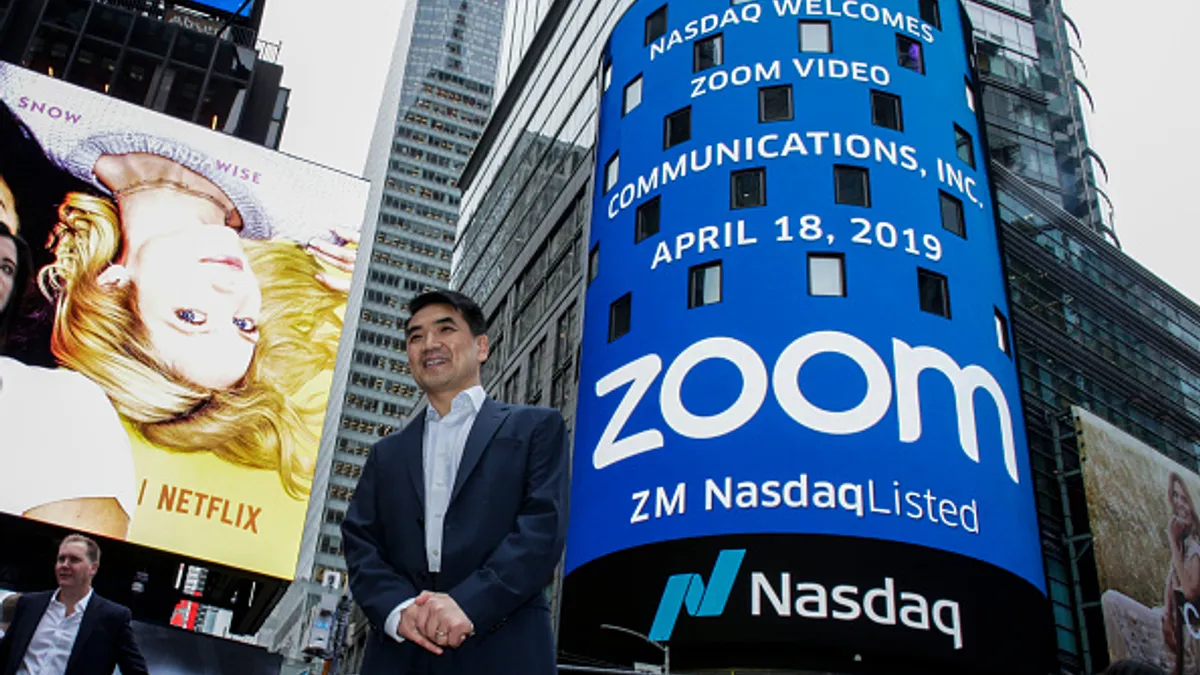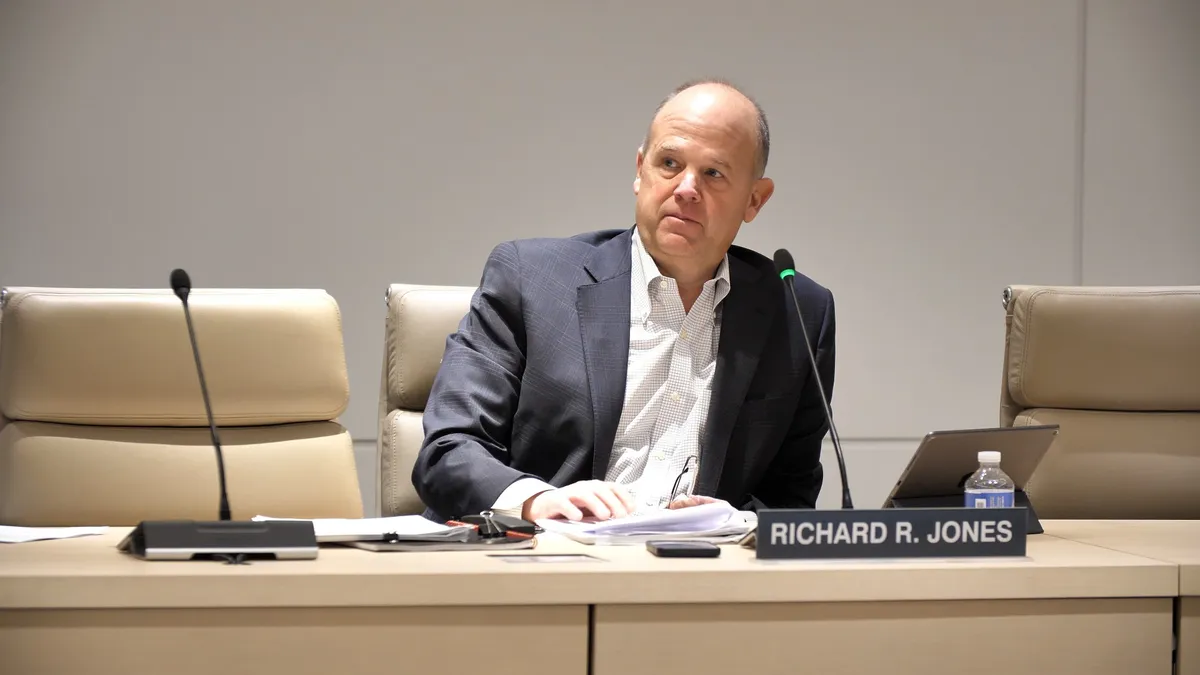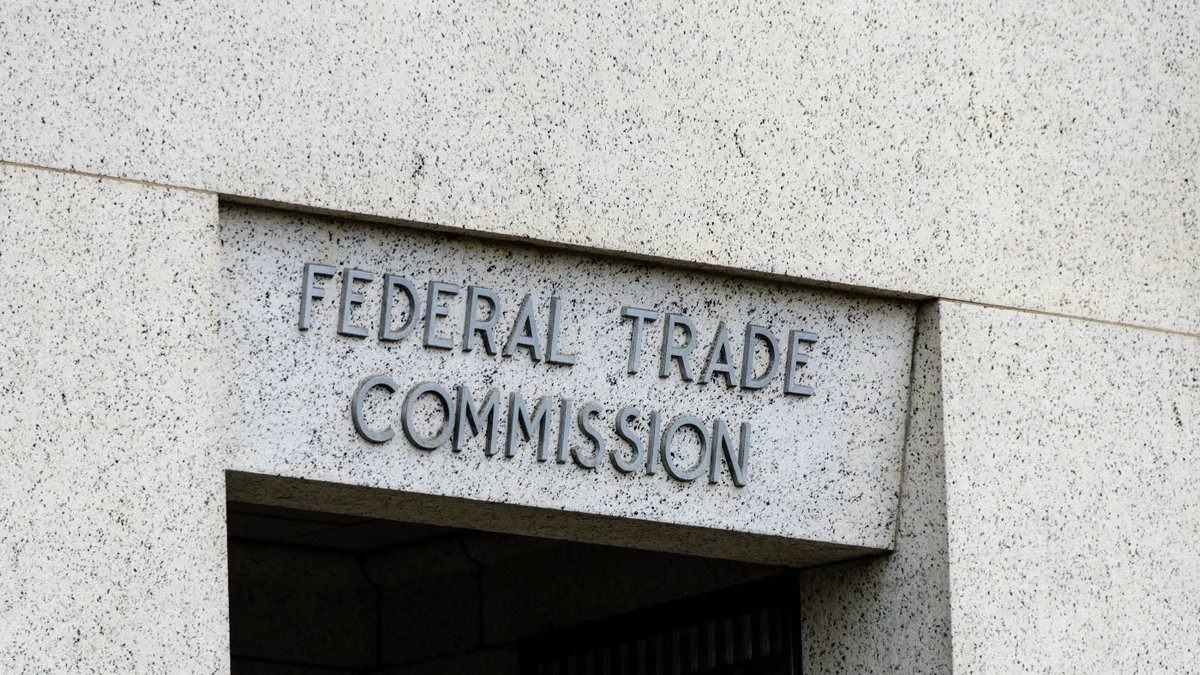As businesses look to weather ongoing economic headwinds, it’s essential they have a clear view of how critical initiatives, such as marketing campaigns, ad spend, and other key investments are progressing. That requires transparent conversation between executives such as the CFO and chief marketing officer — but often, those executives may be watching different metrics, said InMarket CEO Todd Morris.
“CFOs have all these measures that matter [to them], and unfortunately, marketers don't always have an aligned sense of what those same metrics are for them,” Morris said in an interview. For example, a CMO could be evaluated or rewarded based on metrics such as social media clicks or follows; “all these other metrics that, frankly, just don't translate to how a CFO thinks about investments and return on investments,” he said.
Centering the conversation around return on investment can be a way for these executives to get on the same page: what CFOs most want to know is, “for what I spend, what am I getting?” Morris said.
Breaking the language barrier
When speaking with their finance counterparts, Morris advises CMOs to start with the numbers.
“What CMOs need to understand about CFOs is, they’ll appreciate the beautiful commercial, or they’ll love to read the online social presence, but they’re going to want to know, ‘for every dollar I invested, what did I get back?’” Morris said. “Because they’re ultimately trying to decide, do I give you more money, or do I take away money from this investment?”
Morris, who began his career at Procter & Gamble, has served as CEO for the Austin, Texas-based digital advertising company since January 2022, according to his LinkedIn profile. Prior to InMarket, Morris held various roles during a 17-year stint at advertising firm Catalina USA, including a four-year span as its global president.
As a CEO, when it comes to the relationship between C-suite leaders such as the CMO and CFO, “what I hold to is a single scorecard that both are committed to — the KPIs that we all care about,” he said. “And for me, it is ROI.”
For example, at InMarket, “every single marketing event we have gets an ROI calculation, which is radical transparency and accountability, but we really know, where does the next dollar go based upon what’s working and what’s not,” he said. While the company will pursue projects that don’t necessarily have a positive ROI if they carry strategic value, the focus for any initiative is on the key goal of moving the business forward, he said.
Having an ROI-centered conversation has also become easier in the modern age, as emerging technologies such as AI and advanced data analytics are allowing marketers to better track advertising spend in real-time, or to view a side-by-side comparison of how different campaigns are playing out, for example, helping to provide the ROI details CFOs want.
“It used to be you’d have to wait a year to get these results, to say, ‘Hey, is it working? How do we know? How do we measure it?’” Morris said. “And new capabilities are allowing marketers to do that on every campaign that they run, which now allows a much tighter conversation with a financial sponsor.”
Marketing as a value center
A smooth relationship between marketing and finance is also critical at a time when both executives are finding themselves juggling responsibilities across the business.
CFOs are more often finding themselves managing areas including legal and IT as well as traditional finance; meanwhile, CMOs in their role can cover everything from brand awareness to the customer pipeline and conversion to product pricing, Morris said.
“It can be really broad, depending on the organization, but largely they think about the brand that they're building,” Morris said of the top marketing position. “And often that can get to brand equity, brand awareness metrics.”
That wide spectrum of responsibilities could potentially be a factor in why CMOs tend to have shorter tenures than many of their C-suite colleagues, he said — 4.2 years as of 2023, compared to the average C-suite tenure of 4.6 years, an April study by Spencer Stuart found. Across industries, CFOs average a tenure of 4.9 years in the top financial seat, the latest Volatility Report by Crist|Kolder Associates found.
Both CFOs and CMOs manage “really complex arenas,” Morris said. “The key is, how do you align on the metrics that matter to both?”
“When you get to a common scorecard and system, that’s a profound impact,” Morris said. “And typically, then the CFO is not looking to cut [down marketing], but rather say, ‘how do I double down on what's working?’ It just changes the nature of marketing as an expense to marketing as an investment.”




















